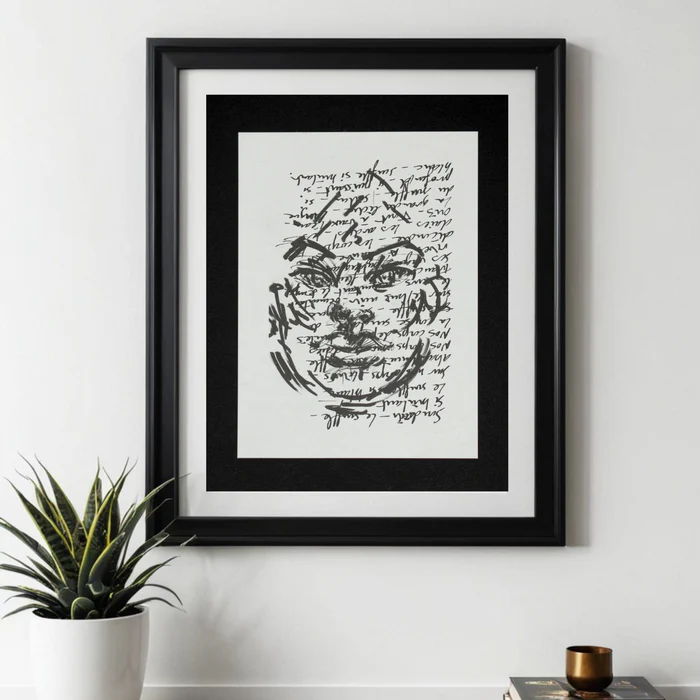The Evolution of Figurative Art: From Realism to Abstraction
Over time, it has evolved from the detailed, lifelike depictions of Realism to the expressive, boundary-pushing world of Abstract art.
This journey is more than just a shift in style; it reveals how artists seek new ways to represent not just what they see, but what they feel and imagine.
Realism: The Art of Seeing the World as It Is
Realism art flourished in the 19th century, with artists determined to show life as it appeared. It was about precision, paying homage to the smallest details of daily existence. Figures were rendered in all their rawness—each line, fold, and shadow like dancing with myself contributing to a truthful portrayal.

Artists like Gustave Courbet and Jean-François Millet focused on the ordinary lives of people, elevating simple moments through careful observation. Their works asked viewers to stop and see the beauty in reality.
For many, Realism was more than an art technique; it was a philosophy that valued authenticity over embellishment. Yet, as the world changed, some artists began to ask: could there be more to art than simply mirroring the world? Could it also capture emotions and ideas that were unseen?

Abstraction: Beyond the Visible
As the 20th century unfolded, artists sought freedom from the constraints of representation. Abstract art became a language of its own, moving away from recognizable forms and into a realm of emotion, color, and movement. Here, figurative elements were often softened or dissolved, allowing deeper truths to emerge.

Abstract art was not about ignoring reality but reimagining it. Artists like Wassily Kandinsky and Pablo Picasso took the human figure and transformed it, letting color and shape speak louder than line and detail.
Their works tapped into something beyond the visual, drawing viewers into an emotional and sensory experience. Abstraction allowed artists to express the complexity of human existence—its joy, pain, chaos, and harmony—all in one frame.
Blending Realism and Abstraction: The Space Between
Even as figurative art embraced abstraction, many artists found a balance between the two worlds. They began to merge the clarity of Realism with the expressive power of Abstract art, creating works that combined the best of both traditions.

Willem de Kooning is one such artist. In his "Woman" series, the human figure is present but distorted—there, but not there. It’s a mix of movement and form, as if the figure is caught in motion, mid-transition between the physical and the emotional.
This blending of styles allows for both recognition and mystery, offering viewers a connection to the human form while inviting them to interpret deeper emotions behind work with oil drawing.
Figurative Art Today: A Constant Evolution
In today’s art world, figurative art continues to evolve. Many contemporary artists can be seen merging the best aspects of both art techniques, pushing the boundaries of both to offer the viewers fresh perspectives.

Their work reflects a modern sensibility—one that embraces imperfection, emotion, and ambiguity. In their hands, the human figure is more than just a subject; it is a canvas for exploring identity, society, and the human condition.
Whether through hyper-detailed portraits or abstracted forms, modern figurative art invites viewers to engage with both the seen and the unseen. It asks us not just to look, but to feel—to sense the energy, tension, and story within each piece.
The Final Thoughts
The evolution of figurative art from Realism to Abstract art reflects a deeper shift in how artists interpret the world. It is a journey from the external to the internal, from precise representation to emotional resonance.
Through this evolution, figurative art has shown its remarkable ability with Johnfergo to adapt, grow, and explore new territories. It remains a powerful medium, inviting viewers to see not just the physical world, but the inner worlds we all carry within us.







